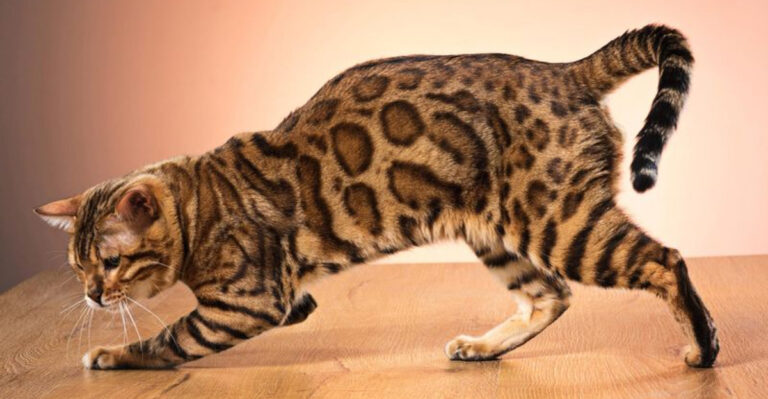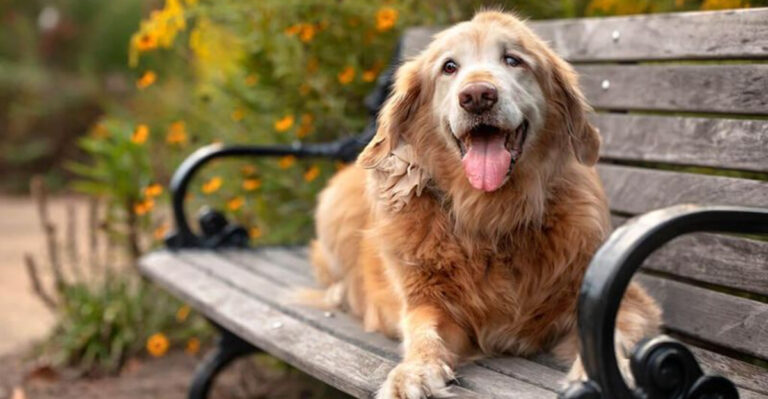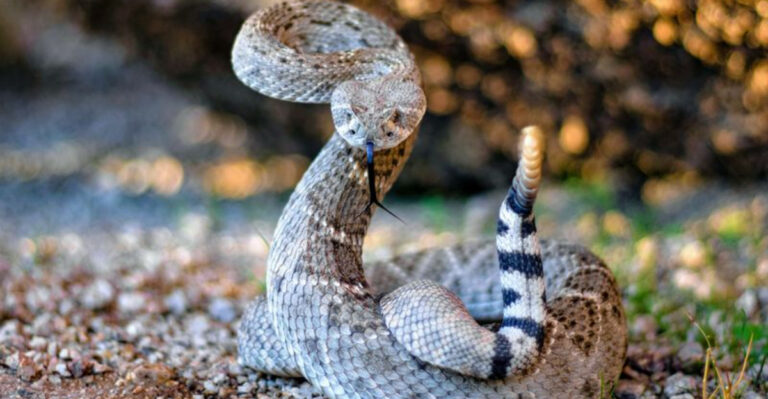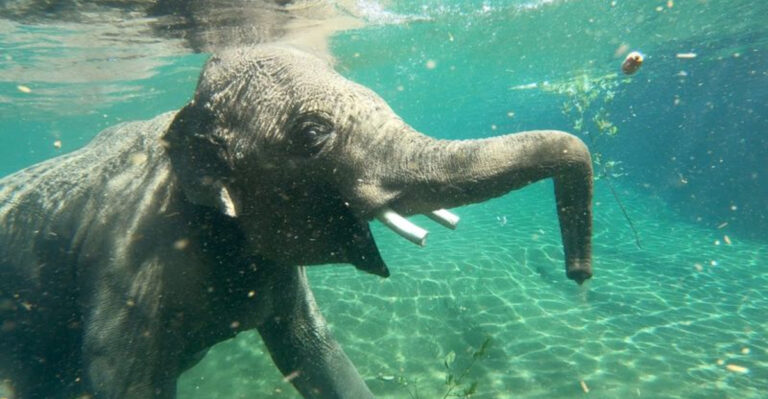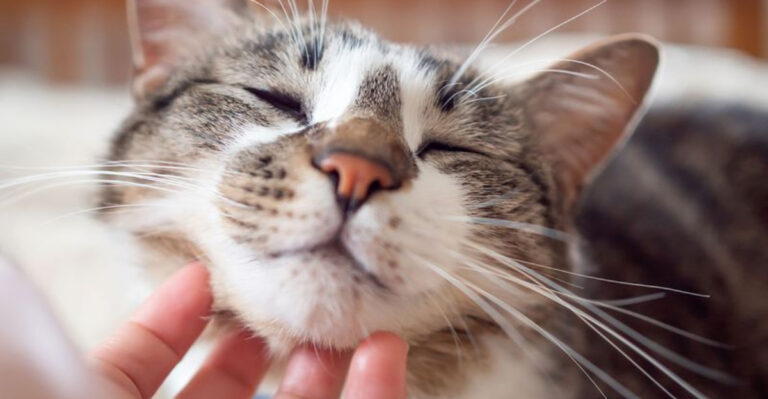14 Bizarre Grooming Habits Animals Use To Clean Themselves
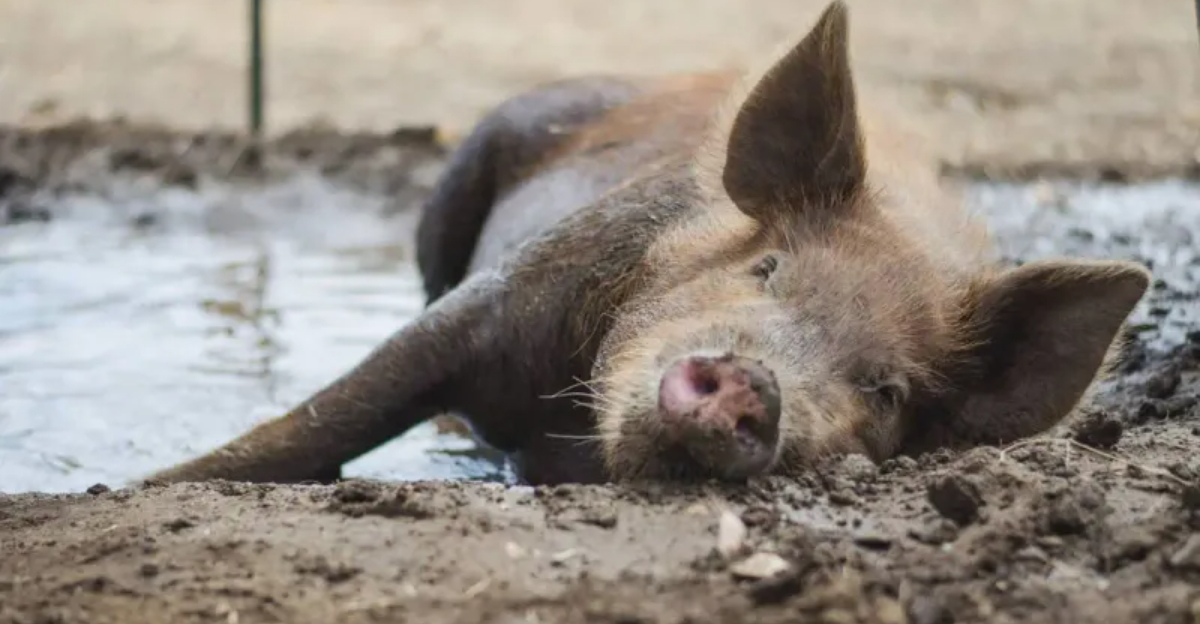
Animals have some of the most unique and surprising grooming habits, each adapted perfectly to suit their environment and lifestyle.
From tongue-licking cats to dust-bathing elephants, these methods are not just about hygiene but also about survival, social bonding, and protection.
1. Cats Lick Their Fur To Clean Themselves
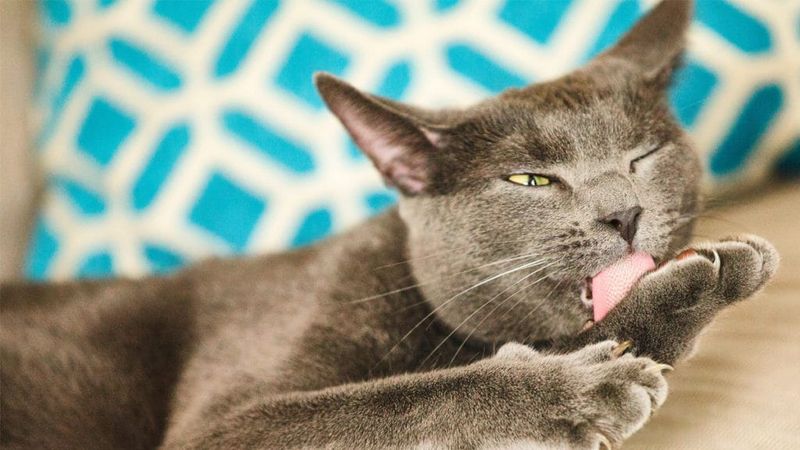
We all knew this, but did you know why cats do it? Cats are nature’s neat freaks, using their sandpaper-like tongues to clean their fur meticulously. It’s more than hygiene; the licking helps regulate body temperature.
Each stroke not only cleans but also transfers natural oils that waterproof their coat. And there’s a bonus: this grooming ritual often soothes the bond between cats and their owners, especially when they start grooming you!
2. Elephants Use Dust Baths
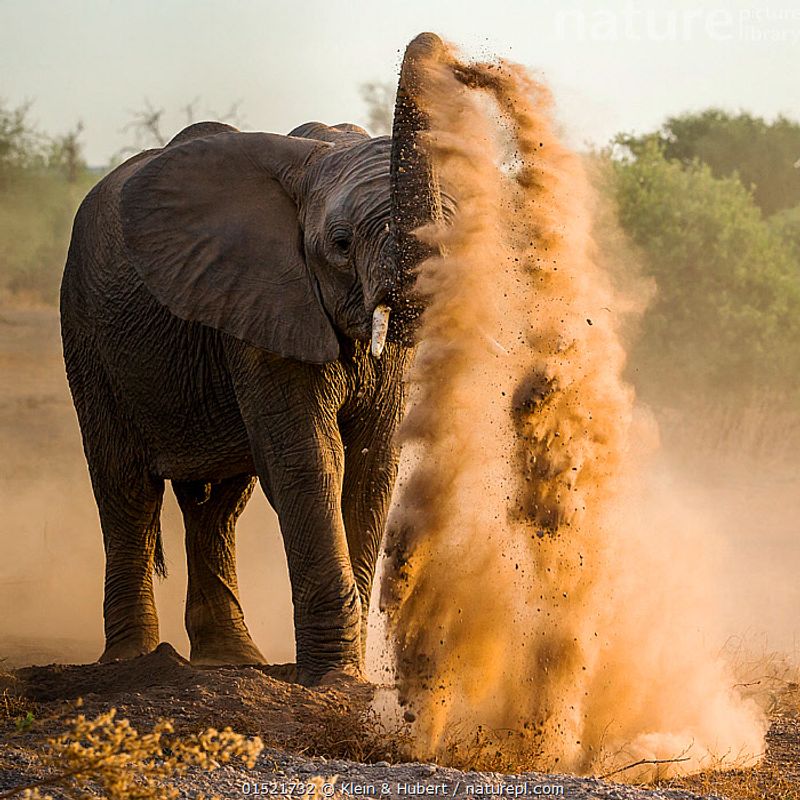
Elephants might seem like they’re having too much fun in the dirt, but those dust baths serve a serious purpose. The dust acts as a natural sunscreen, shielding their sensitive skin from harsh sunlight.
Not just that, it helps ward off pesky parasites. With a flurry of trunk and ear movements, they ensure every inch gets a beneficial dusting.
3. Birds Preen Their Feathers
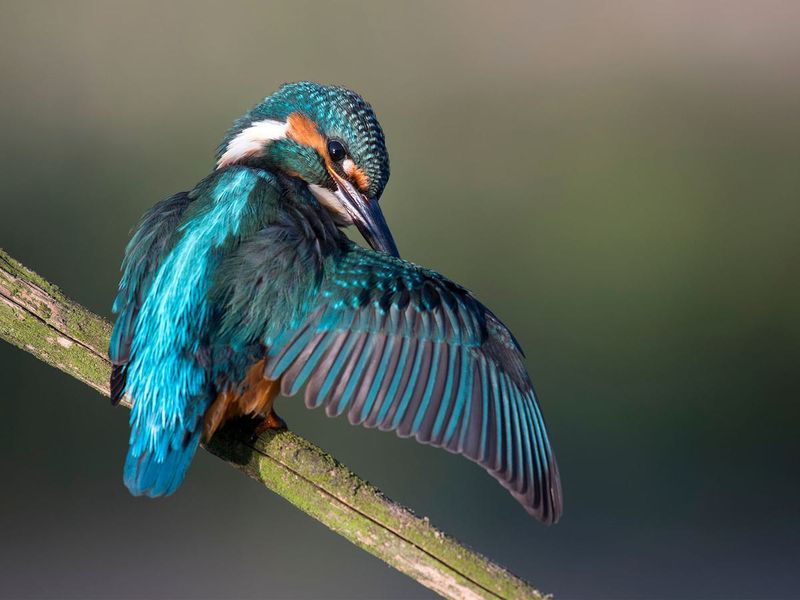
Feather maintenance is top priority for birds. Preening isn’t just about looking fabulous; it’s vital for flight and insulation. By using their beaks to align feathers and remove dirt, they ensure smooth gliding through the air.
And there’s more – preening helps distribute natural oils, warding off moisture and pests, keeping those feathers in prime condition.
4. Dogs Roll In Smelly Things

Dogs have a quirky habit of rolling in what we consider stinky. Though it may seem bizarre, this behavior is inherited from their wild ancestors. Masking their scent helped them hunt stealthily and mark territory.
It’s a primal instinct wrapped in the joy of being a dog. So next time Fido rolls in something yucky, appreciate the wild side in your furry friend.
5. Crocodiles Perform ‘Sunbathing’ Rituals
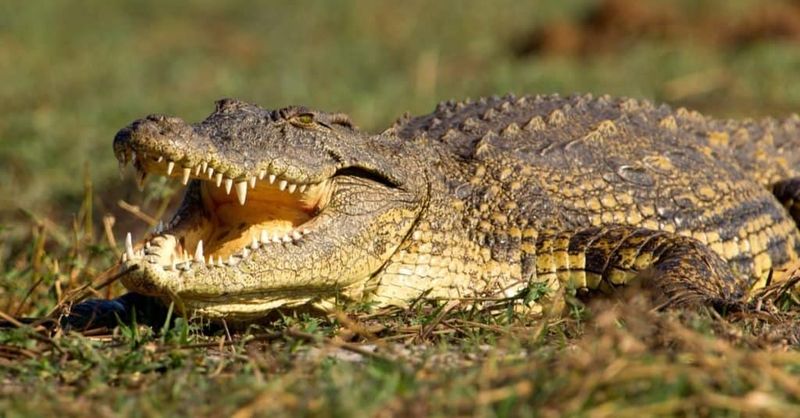
Crocodiles lounging with open mouths may seem odd, but it’s a strategic move for cleanliness and temperature control. This sunbathing helps regulate their body heat and promotes oral hygiene by letting moisture evaporate.
A perfect example of multitasking in the animal kingdom, where every sunlit moment aids in their survival and upkeep.
6. Ants Groom Each Other
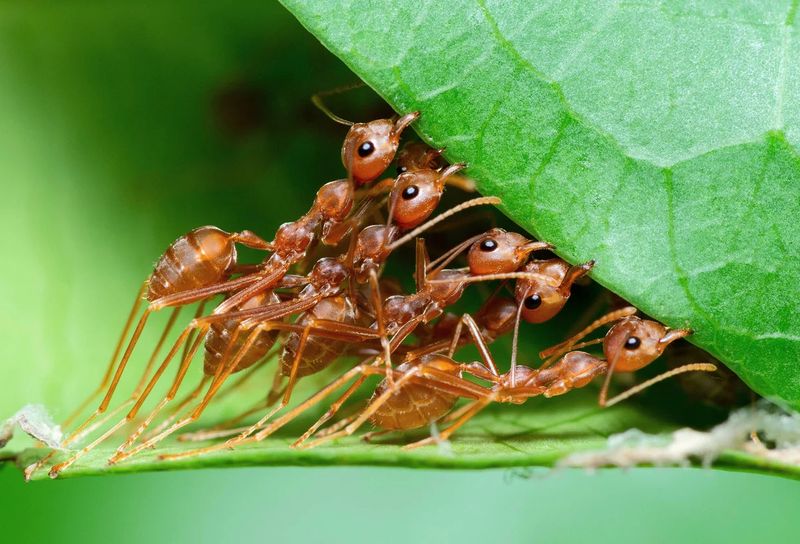
Ants are the epitome of teamwork, and grooming is part of their cooperative lifestyle. They clean each other to remove dirt and pests, ensuring colony health.
This mutual grooming strengthens bonds and facilitates communication. It’s not just about looking good; it’s a survival strategy that maintains the colony’s hygiene and unity. Ants prove that togetherness is key!
7. Hippos Produce “Blood Sweat”
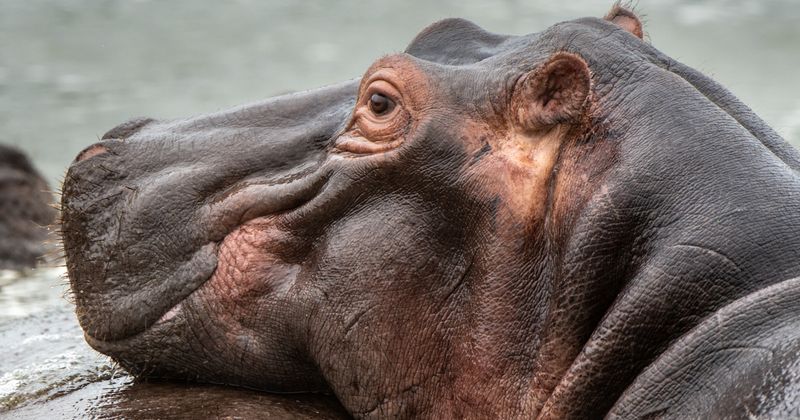
Hippos have an unusual way of keeping clean: secreting a red, oily substance often dubbed ‘blood sweat’. Despite its appearance, this secretion is neither blood nor sweat.
It acts as a sunblock and antibacterial layer, protecting their sensitive skin from harsh sun and harmful bacteria. Nature’s way of giving hippos their unique, protective spa treatment!
8. Kangaroos Groom With Their Teeth

Kangaroos keep their fur pristine with a little dental help. By using their incisors, they scratch and groom their fur, focusing on areas like the neck and underbelly.
This grooming ritual is essential for removing pesky parasites and ensuring their coat stays healthy. A perfect blend of dental dexterity and self-care that showcases their adaptable nature.
9. Sloths Use Their Fur As A Mini-Ecosystem
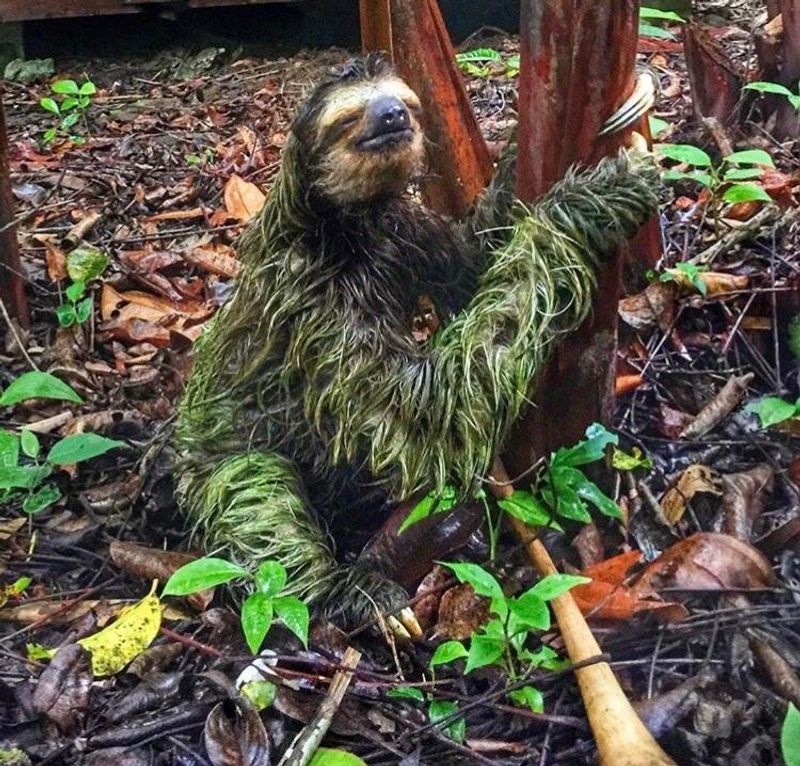
Sloths turn their slow-paced lifestyle into an eco-friendly grooming strategy. Their fur hosts algae, creating a mini-ecosystem that offers camouflage and cooling.
Though it seems counterproductive, the algae not only serves as a disguise but also adds essential nutrients to their diet when consumed. Sloths, ever the masters of efficiency, thrive in their green habitats.
10. Pigs Use Mud Baths For Skin Care
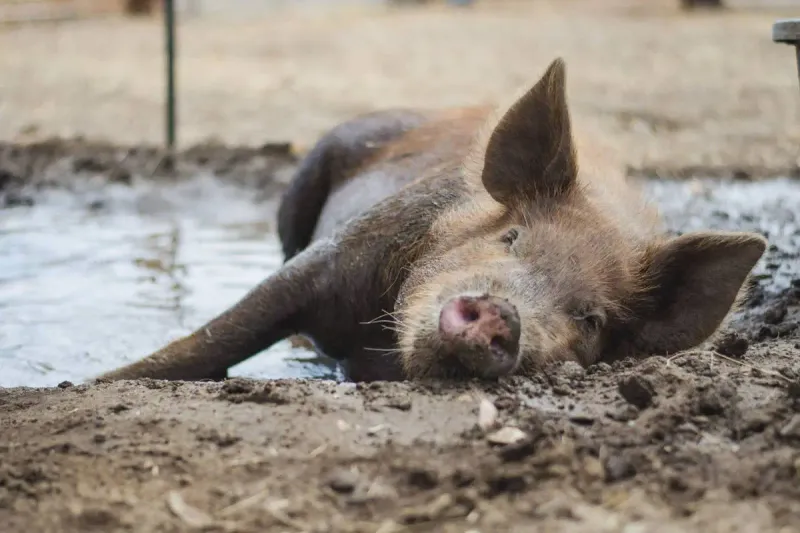
Who knew mud could be a beauty regimen? Pigs certainly do! Their wallowing isn’t just for fun; it cools them down and protects their skin from sunburn.
The mud also acts as a natural pest repellent, keeping those pesky parasites at bay. A practical, messy, and effective grooming habit that underscores the pig’s down-to-earth nature.
11. Horses Groom Each Other With Their Teeth
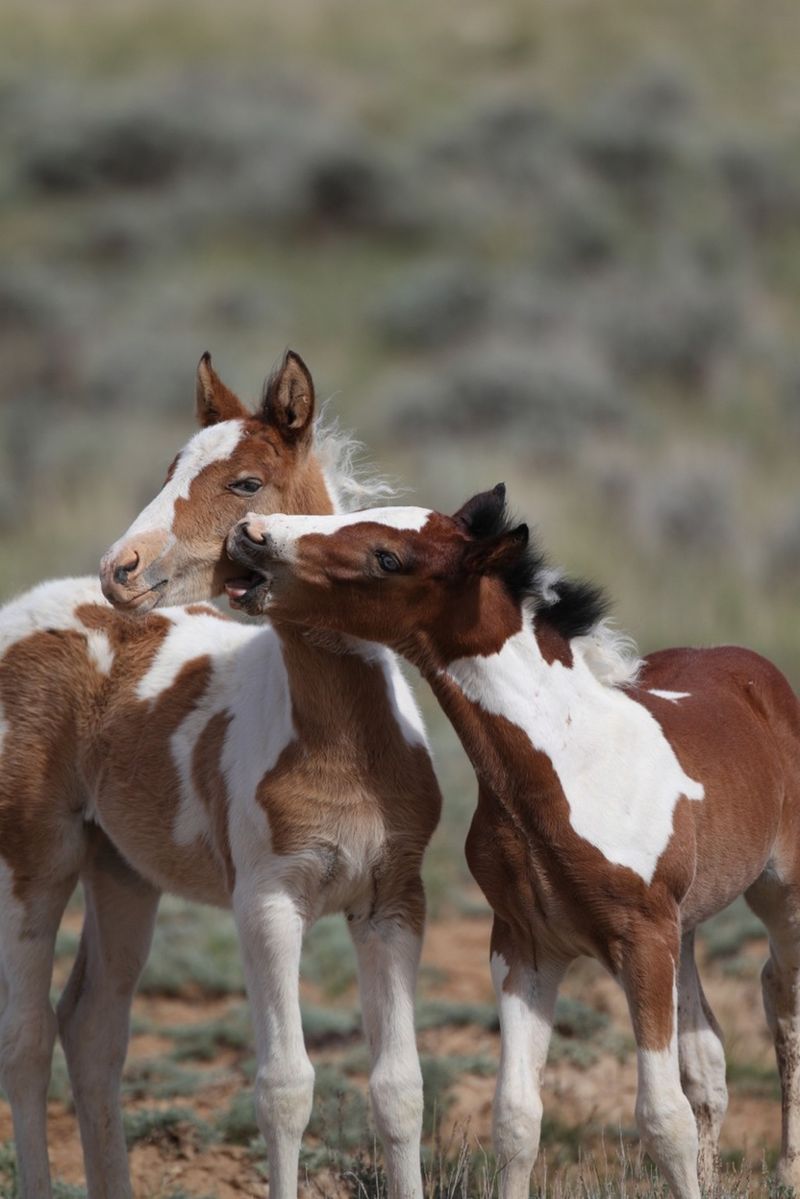
Horses are social groomers, using their teeth to nibble away dirt and itchiness from each other’s coats. This behavior isn’t only about staying clean; it’s a social exercise that strengthens bonds.
Mutual grooming among horses is as much about friendship as it is about hygiene, proving that a little nibble goes a long way in the animal kingdom.
12. Foxes Groom With Their Tails
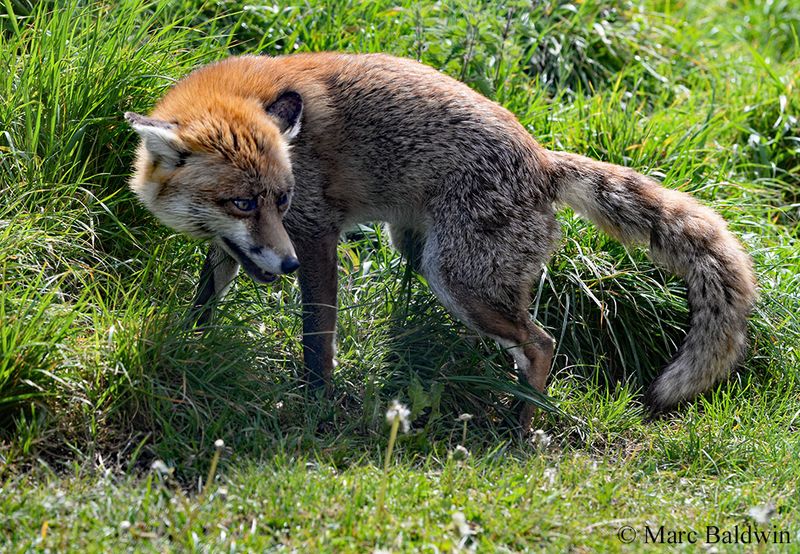
Foxes have a resourceful way of grooming – their own bushy tails. By applying saliva to their tails and then wiping their faces, foxes keep their fur shiny and debris-free.
This method highlights their clever adaptability, ensuring they remain sleek and well-groomed. In the cunning world of foxes, tails aren’t just for balance; they’re also a grooming tool.
13. Lemurs Wash With Their Tails
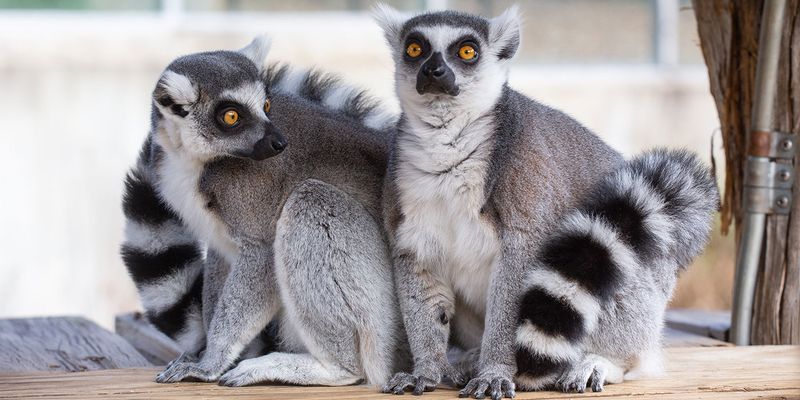
Lemurs, with their characteristic tails, have a unique cleaning habit. They use their tails like washcloths, wiping their faces and hard-to-reach spots.
This behavior not only ensures cleanliness but also maintains their signature scent, crucial for communication. In the bustling forests of Madagascar, lemurs stand out with their quirky yet effective grooming style.
14. Chimpanzees Groom Each Other For Social Bonding
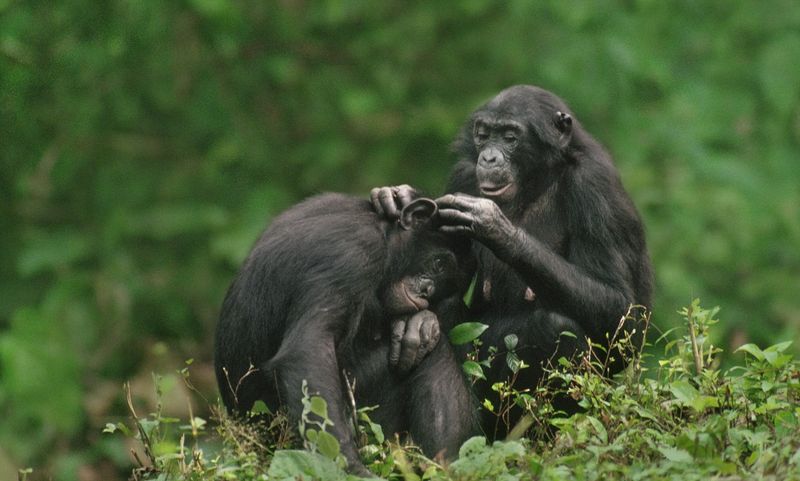
Chimpanzees engage in social grooming as a crucial element of their community life. Picking dirt and bugs from each other’s fur isn’t just about hygiene; it’s about strengthening social ties.
This grooming ritual plays a significant role in maintaining harmony within the troop. Chimpanzees demonstrate that grooming is as much about emotional bonds as it is about cleanliness.

